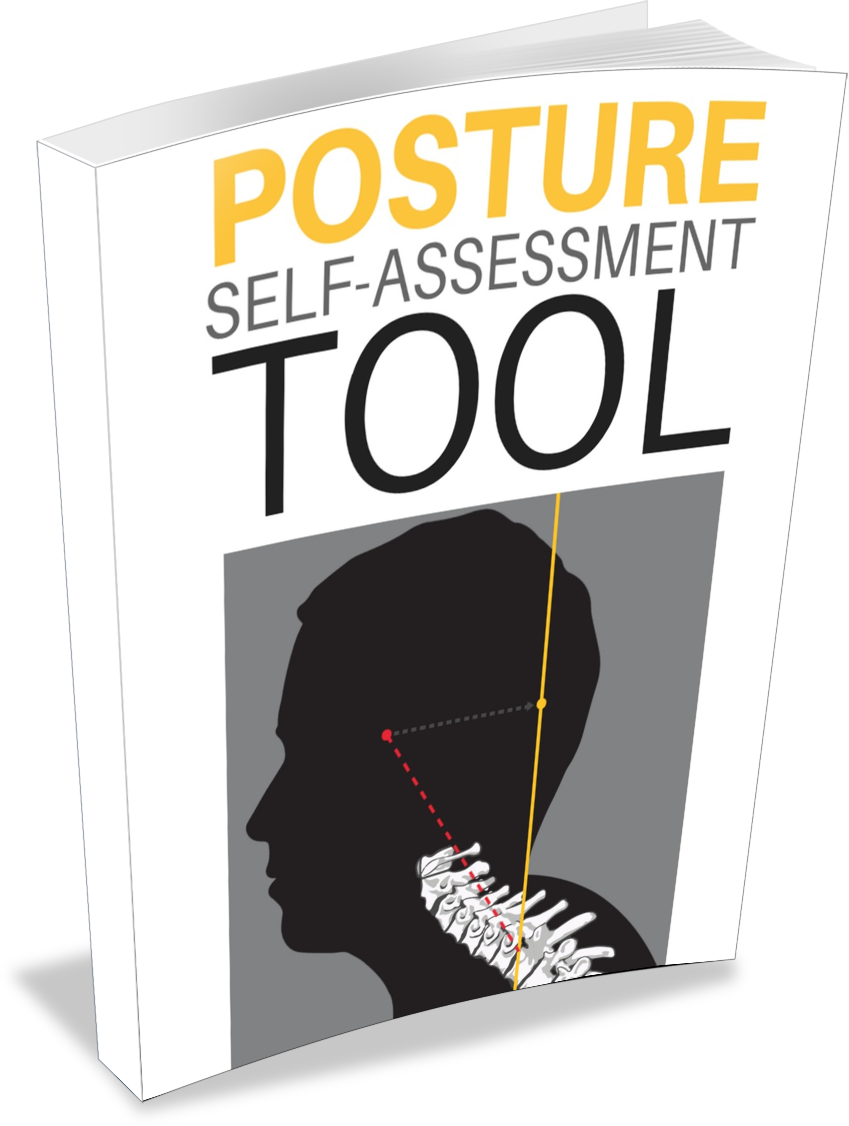When most people hear the word “chiropractic,” they think of “cracking backs” or “popping bones back into place.” But that’s an oversimplification — and it misses the entire point of what true corrective chiropractic care is about.
Corrective chiropractic is not about moving bones. It’s about restoring the proper function of your nervous system — the master control system of your body — so that your body can heal, regulate, and perform at its highest potential.
Your Nervous System Runs the Show
Every thought you think, every breath you take, every muscle contraction, every organ function — all of it is controlled by your brain and spinal cord. This system sends and receives millions of messages every second, coordinating everything from your immune system response to your digestion and posture.
But here’s the challenge: the nervous system is housed within your spine. When spinal segments shift out of their optimal alignment (a condition known as a vertebral subluxation), they can interfere with nerve communication. This doesn’t always cause pain — in fact, most subluxations are silent — but they can disrupt how your brain and body work together.
Over time, this interference can lead to:
Muscle tension and imbalance
Compromised immune function
Decreased energy and focus
Slower healing and recovery
The Goal: Nervous System Clarity, Not Just Pain Relief
Corrective chiropractors use precise analysis and highly specific adjustments to remove this interference. Instead of “moving bones back into place,” the adjustment acts like hitting the reset button on a circuit — restoring clear, uninterrupted communication between brain and body.
This is why many patients notice improvements in far more than just their pain levels:
Better sleep quality
Improved digestion
Fewer headaches or migraines
Enhanced athletic performance
Greater resilience to stress
Because when your nervous system is functioning optimally, your entire body operates at a higher level.
Why Specificity Matters
Not all chiropractic is the same. Corrective chiropractic care, such as the Gonstead Method, relies on detailed assessments — including motion palpation, nerve scans, and digital X-rays — to determine exactly where and how to adjust. This specificity ensures the least amount of force is used, targeting the exact area that needs correction for the most efficient result.
Think of it like tuning a musical instrument. You don’t just start twisting random knobs and strings — you make precise adjustments until the instrument is in perfect harmony. The same principle applies to your spine and nervous system.
A Long-Term Health Strategy
Corrective chiropractic is not just a short-term fix. Just like regular dental checkups keep your teeth healthy, consistent chiropractic care keeps your nervous system free of interference so your body can adapt to the physical, chemical, and emotional stress of life.
The end goal is not to “crack your back.” The goal is to help you express your full health potential — naturally.


















